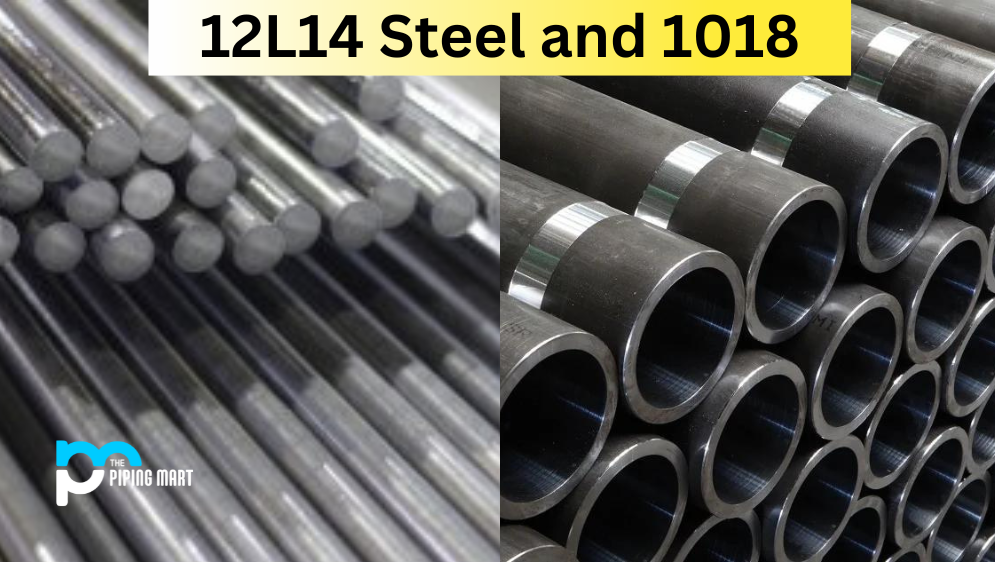When choosing a suitable material for a project, especially in the construction, manufacturing or engineering industries, it is important to consider the specific characteristics of each material. Steel is one of the most commonly used materials in these industries, but different types of steel grades are available. Two of the most popular options are 12L14 steel and 1018 steel. Both of these steels have their unique characteristics and advantages. This blog post’ll examine the differences between these sheets of Steel, their properties, uses, and applications.
Difference Between 12L14 Steel and 1018
Properties and Composition
12L14 Steel and 1018 steel differ in chemical composition and mechanical properties. 12L14 Steel is a lead-containing, free-machining steel that is composed of 0.15% carbon, 0.85% – 1.35% manganese, 0.04% phosphorus, 0.08% – 0.13% sulfur, and 0.15% – 0.35% lead. On the other hand, 1018 steel is low-carbon Steel, with 0.18% carbon content, 0.6% – 0.9% manganese, 0.04% phosphorus, and 0.05% sulfur. The lead in 12L14 Steel improves its machinability, making it easier to cut and shape, but it can also affect its flexibility.
Machinability and Weldability
12L14 Steel is well-known for its ease of machining and is often used for Swiss screw machining, drilling, turning, and milling. Its composition enables it to produce clean, smooth finishes and tolerances. While this property is advantageous, the lead in 12L14 Steel makes it difficult to weld. 1018 steel, on the other hand, has poor machinability properties compared to 12L14 Steel. It requires slower cutting speeds and more power to shape and form. However, it is easier to weld because it does not contain lead.
Strength and Durability
1018 steel is a more robust, more durable material than 12L14 Steel. It has a tensile strength of 63,000 psi compared to 12L14 Steel’s only 60,000 psi. Additionally, 1018 steel has a higher impact strength and can withstand higher stress and strain. This makes 1018 steel ideal for high-stress applications, such as construction and structural engineering projects.
Uses and Applications
12L14 Steel is commonly used to manufacture gears, shafts, pins, and other small components requiring precise, intricate machining. It is also used in applications requiring close threading tolerances, such as plumbing fittings. Meanwhile, 1018 steel is used primarily for heavy-duty industrial and construction applications where strength and durability are essential. It’s often used to make shafts, rods, axles, bolts, studs, and other structural components.
Conclusion
In conclusion, choosing between 12L14 Steel and 1018 Steel ultimately depends on the project requirements and specific applications. 12L14 Steel offers superior machinability but requires more attention when welding due to the lead content. Meanwhile, 1018 steel provides superior strength and durability at the expense of machinability and ease of welding. It’s important to consider all these factors and consult with professionals when selecting suitable material for your project.
Meet Heer, a dynamic and driven writer learning tricks of her trade in the metal industry. With a background in Digital Marketing, Heer brings a unique perspective to her writing, sharing valuable insights. Apart from blogging she like reading and hiking.




